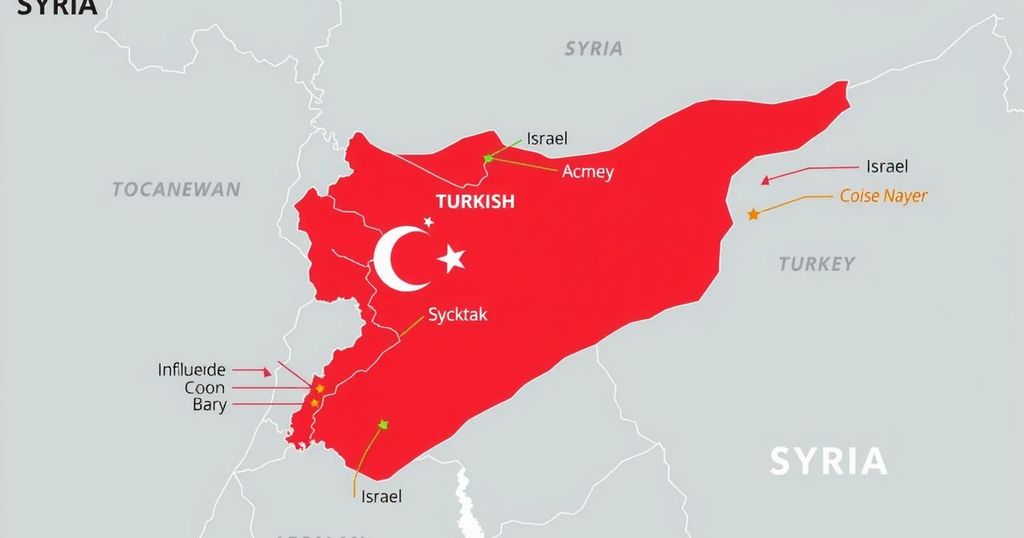The Complex Conflict in Congo-Kinshasa: M23’s Resilience Against Coalition Forces
This article details the conflict in Congo-Kinshasa involving the M23 rebel group and a coalition of Burundian troops and FDLR militia. Initially, the coalition gained ground against M23 but faced a strategic counteroffensive that allowed M23 to reclaim territory and ultimately capture Goma. The dynamics of local and regional power significantly impact the ongoing conflict.
In the ongoing conflict in Congo-Kinshasa, the M23 rebel group faced off against a coalition that included Burundian troops and the notorious FDLR militia. The FDLR, a terrorist organization linked to the 1994 Rwandan genocide, has significantly influenced the regional tensions. On January 12, 2025, Lt. Col. Guillaume Ndjike Kaiko, spokesperson for the Congolese army, reported that the M23 had been pushed back from several strategic positions in South and North Kivu by a coalition offensive, which he failed to mention was largely driven by Burundian forces.
The confrontation emerged while M23 was observing a unilateral ceasefire aimed at facilitating peace talks. An M23 commander noted that they had to retreat strategically to regain a tactical advantage. Despite the temporary successes of the Burundi-led coalition in seizing territories like Bitagata and Ngungu, these gains were short-lived. By January 17, M23 had organized a counteroffensive that effectively forced the coalition to retreat, including Burundian forces, FDLR, and FARDC, reclaiming lost territories.
The intense fighting escalated as M23 launched a phased approach, aimed at decisive territorial recovery. By January 20, they had captured key locations such as Minova and Bweramana. The M23 strategy included utilizing artillery capabilities from high grounds, allowing them to divert the coalition’s attention from their overarching objectives towards Mubambiro and Sake.
The operations continued with the M23 executing a sophisticated military campaign, segmenting their forces into battalions for better coordination. The first battalion successfully seized Mubambiro on January 23, while the second and third battalions provided support and engaged enemy forces. The introduction of the South African SAMIDRC troops added substantial complexity to the conflict, culminating in fierce combat.
After overcoming coalition resistance, including significant losses inflicted upon the SAMIDRC and other forces, M23 units began advancing towards Goma. During the operations, notable confrontations occurred, including the killing of North Kivu’s governor, Gen. Peter Chirimwami.
As the M23 units systematically advanced through significant locations en route to Goma, a special M23 force opened an additional front, rapidly advancing through areas traditionally held by FDLR. Ultimately, on January 28, Goma fell under rebel control, symbolizing a major shift in power dynamics within the region and portraying the intricate alliances and conflicts at play.
The complex dynamics surrounding the M23 rebel group illustrate the interplay between local and regional actors, as Burundian troops and the FDLR coalition temporarily challenged the M23’s presence in Congo-Kinshasa. However, strategic regrouping and decisive counteroffensives allowed the M23 to regain lost territory and secure significant victories. The conflict reflects broader regional tensions and the continuing challenges of achieving lasting peace in this tumultuous region.
Original Source: allafrica.com




Post Comment